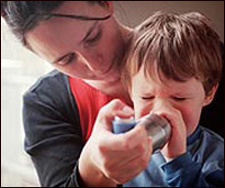 For adults, amethyst can be used as the patient smoked cigarettes.
For adults, amethyst can be used as the patient smoked cigarettes.The trick cone-shaped flowers are dried, can also be two cone-shaped leaves are dried. Leaves or flowers of this amethyst then rolled, then baked and smoked like a cigarette. This drug should not be smoked more than one rod in 6 hours, because it can lead to addiction so not suitable for children.













